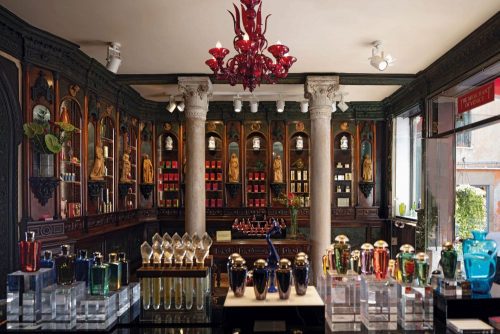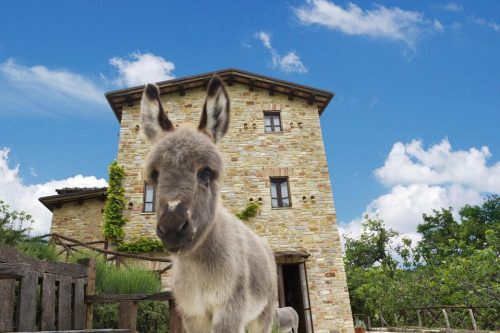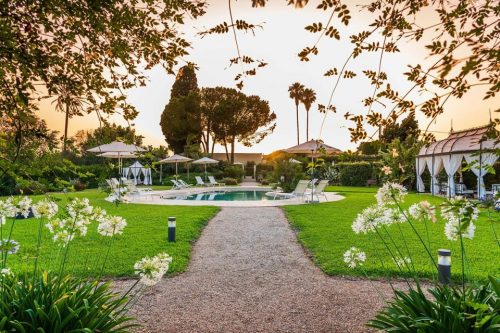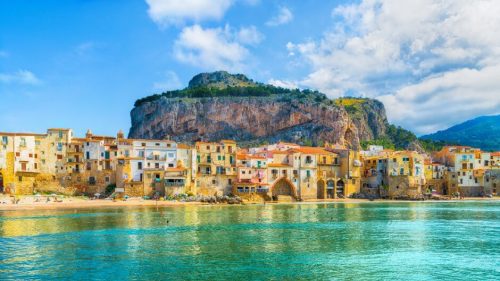GoSigaro Toscano: the art and craftmanship behind the slow smoke
Cigars in general and sigaro toscano in particular have an aura of literary and rétro charm. What is actually charming though is the long and careful process that goes from plantation to product.
According to the legend, the Sigaro Toscano (tuscan cigar) was born by accident. Allegedly, when a sudden downpour hit Florence in 1815, a stock of Kentucky tobacco was first soaked and then naturally fermented because of the heat. The owner of the stock didn’t want it all to be wasted and decided to use it as a filler for low-priced cigars, which eventually proved so successful that by 1918 they were being industrially produced by Manifattura Sant’Orsola in Florence.
From Kentucky to Tuscany
Kentucky tobacco is a flue-cured variety originating in North America, that has been cultivated in Italy from the early XIXth century. You can spot the fields of this tall, lush plants in various areas of Italy: in Veneto and Lazio, around the provinces of Benevento, Salerno and Avellino in Campania, and of course in Tuscany, particularly between Siena, Arezzo and Lucca.
Almost everything around the Tuscan cigar is the product of artisanal work, and this also includes almost all the agricultural steps. Clipping, cropping, harvesting and sorting are all actions that are made in person, by hand. Then comes the long drying process, followed by a new moistening that allows for the humidity to be absorbed again and for the texture to regain softness. This whole process can take up to twenty days. Then come the “cigar ladies”.
The Art of Sigaraie
The so-called sigaraie are the (mostly female) laborers whose hands are responsible for the end product. Their job, that is often passed through in the family, has been the same for the past 200 years or so, and requires 18 months of apprenticeship. First, the sigaraia soaks her hands in corn glue, then proceeds to spread the glue on a moist wooden board, where half of a Kentucky leaf will also be put. With a knife, the sigaraia sketches part of the cigar’s shape, then carefully prepares a bundle of fermented fibers and arrange them on said shape. The final wrapping requires particular care and gentleness.
Become a Catador, or At Least a Connaisseur
You can’t improvise yourself a sigaraia nor the are short courses to learn it for fun, but if you’re and avid learner or just want to get hands on in the process of cigar selecting and discussing, there are some steps you can take. There is no formal academy, but most of the courses and seminars on “the art of slow smoke” are offered by the few “cigars clubs” belonging to Italy’s CCA (Cigars Club Association).
The most professional and complete training is a “Catadores” course. Catador is a Spanish word used to define professional food tasters, that has been borrowed in the cigars’ lingo. A Catador course entails lessons on history and manufactory of the sigaro, notions of conservation and selection processes, and a training on how to savour it and what wines and spirits to pair it with. Courses are articulated on a certain number of lessons and can involve a final exam.
If you desire a lighter but still rich form of training, you can opt for a “Entrenamiento Básico” seminar from , where you’ll still receive a handful of practical and cultural information and won’t be required to pass an exam, nor will receive a qualification title. Finally, you can attend a “cigar tasting” course, where you’ll mostly focus on the fun part: how to distinguish the best cigars, how to savour a sigaro toscano the best way, what spirits you can drink to go along.
Cigar lovers like to link their passion to a rétro imagery that spans from Churchill to Mark Twain, and most of all encourage a mindful ritual of savoring often described as “slow smoke”. Quality over quantity then, and just a sporadic, selected puff. However, it is tobacco and still nicotine (cigars have quite a high quantity of it) we are talking here, so be wise. You can still learn the culture behind a cigar without smoking one.








